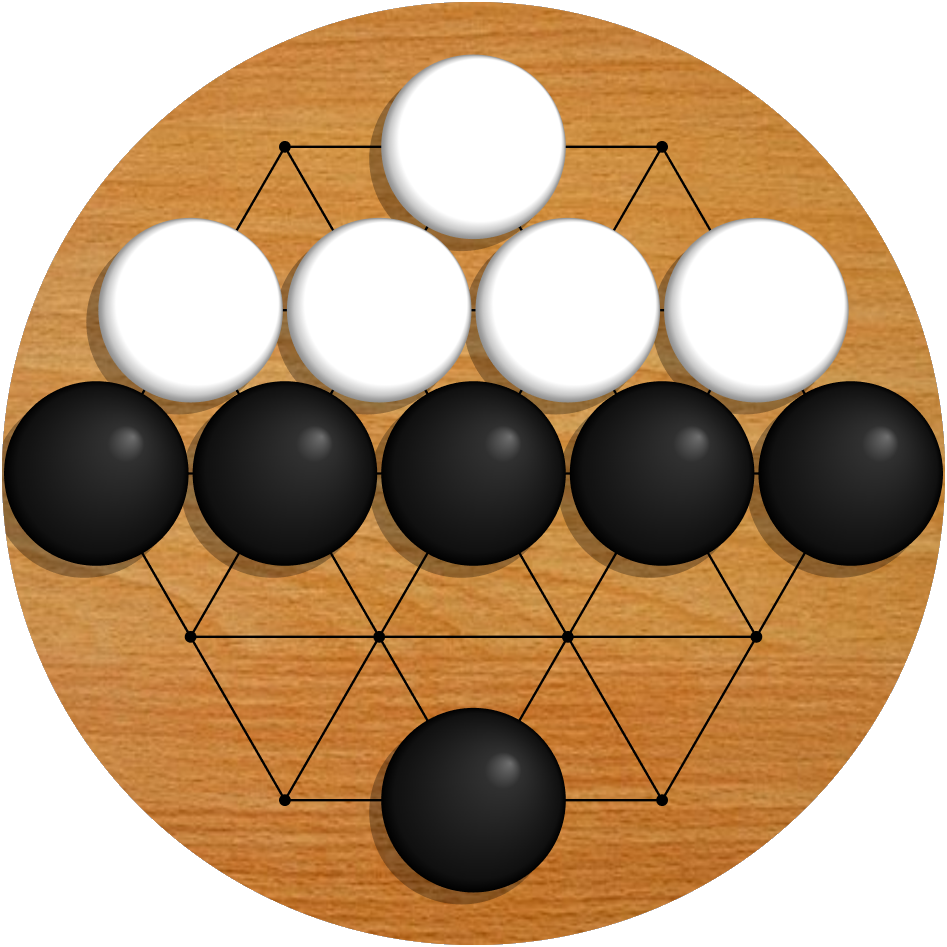Hexagonal Thinking: The Philosophy Behind Badux Go
Baduk, Or Go
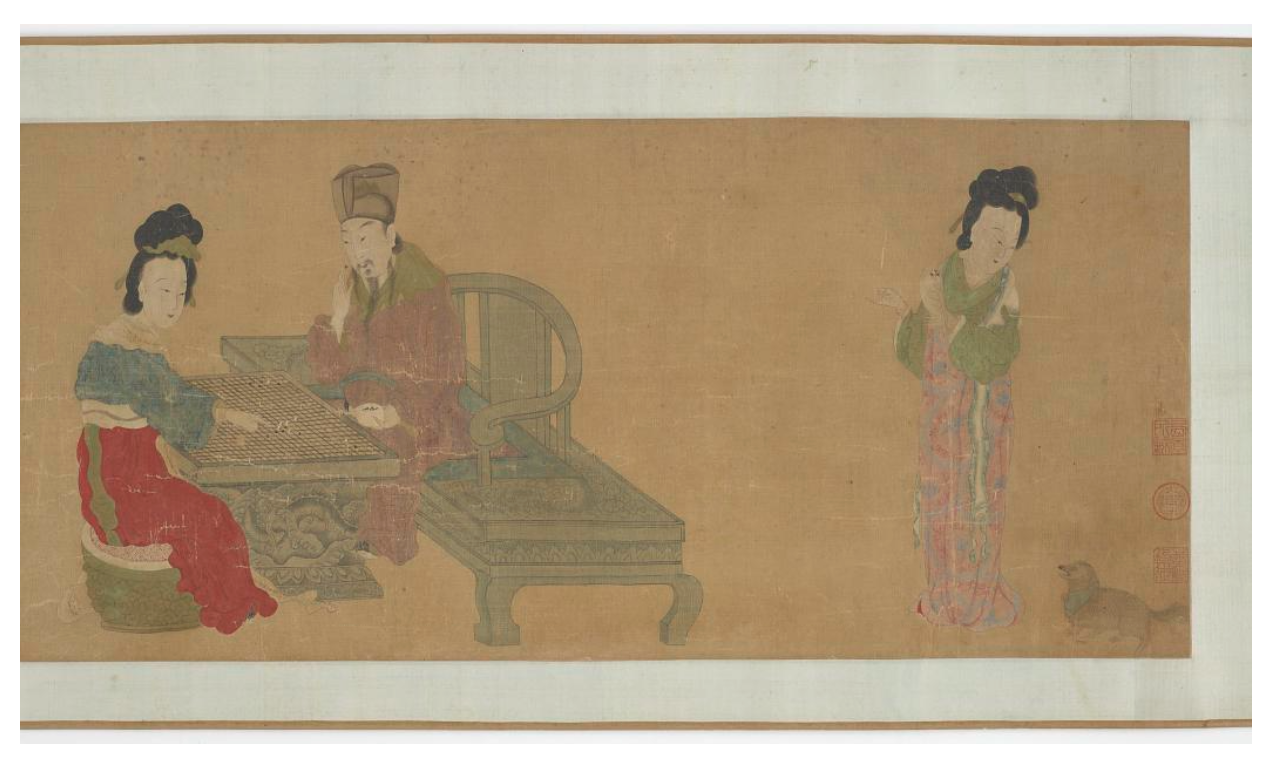
Wikimedia Commons (public domain)
The ancient game of Go (known as Baduk in Korea and Weiqi in China) is considered one of the most sublime, elegant, and inherently complex games created by humankind. Two players take turns, placing black and white game pieces of stone or glass onto a wooden board. The aim is to control more territory than your opponent, but what kinds of configurations of pieces actually control territory is an extremely nuanced and complex calculation. This makes mastery of the game a lifelong journey, and every game played by two players, an intricate conversation.
Board Topology
The Go board is square. The full-sized, 19 by 19 point board, can seem imposing. People often play on smaller boards, and historically, games are played almost exclusively on square boards of one of the three traditional sizes:
- 9 by 9
- 13 by 13
- 19 by 19
Other board sizes are indeed possible, and are available to play on some Go servers, but as far as I know, Go has been played almost exclusively on square boards of these three sizes.
Other board topologies — where the points on the board are not arranged in a square grid — are also possible. For instance, the board of Badux, which is hex or honeycomb.
Not just any board topology will work well. But exploring what is possible, and plays well, has been historically difficult. For one thing, variant boards would have had to be individually crafted. Perhaps more importantly, finding opponents to play on a variant board would have presented serious obstacles.
A Simpler Game of Go
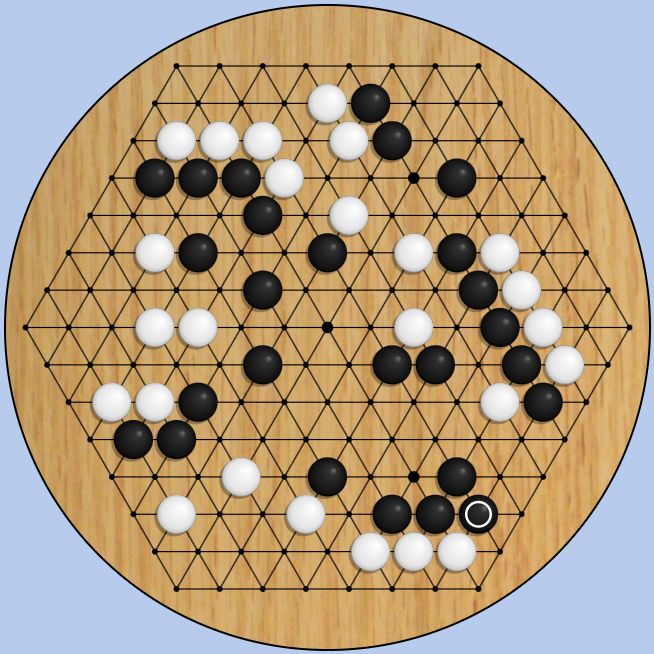
Interestingly, some of the most complex aspects of strategy in the game of Go depend on the square board topology: hanes, cuts, and kos. None of these are possible on a hex board, making Badux a simpler game. Connectivity is easier to calculate. Perhaps the most daunting aspect of learning to play Go is trying to understand if stones are actually connected, and if they actually control territory.
Badux provides an entry point into the game of Go that makes it easier to understand and work with the basic principles of the game. The hexagonal topology reduces ambiguity in connections. Because of the density of the edges connecting the points you play on, it’s easier to reason about whether your opponent can separate with an intervening stone. This clarity makes Badux an excellent teaching tool for Go fundamentals, while still preserving the deep strategic thinking that makes Go fascinating.
Other Rule Variants
Because the rules of Go are so simple and elegant, it is hard to come up with game variations that respect this elegance, and work. Go itself has different rule sets, but most of the differences are logistical: How best to bring a game to a close. These differences do not really affect game strategy. But perhaps there are game variants other than board topology that are worth exploring.
Could we play a game of Go with three or four players? Three players on a square board would not work well, because whoever played first would end up with one more corner than the other two players. A Go variant called Rengo allows for four-player game play, but it is essentially the same game as Go, where you and your teammate take turns playing moves for your team. It’s not four players playing independently.
Four players would not work well on a hex board, because two of the players would end up with an extra corner. But three would work, or even six.
Variational Games
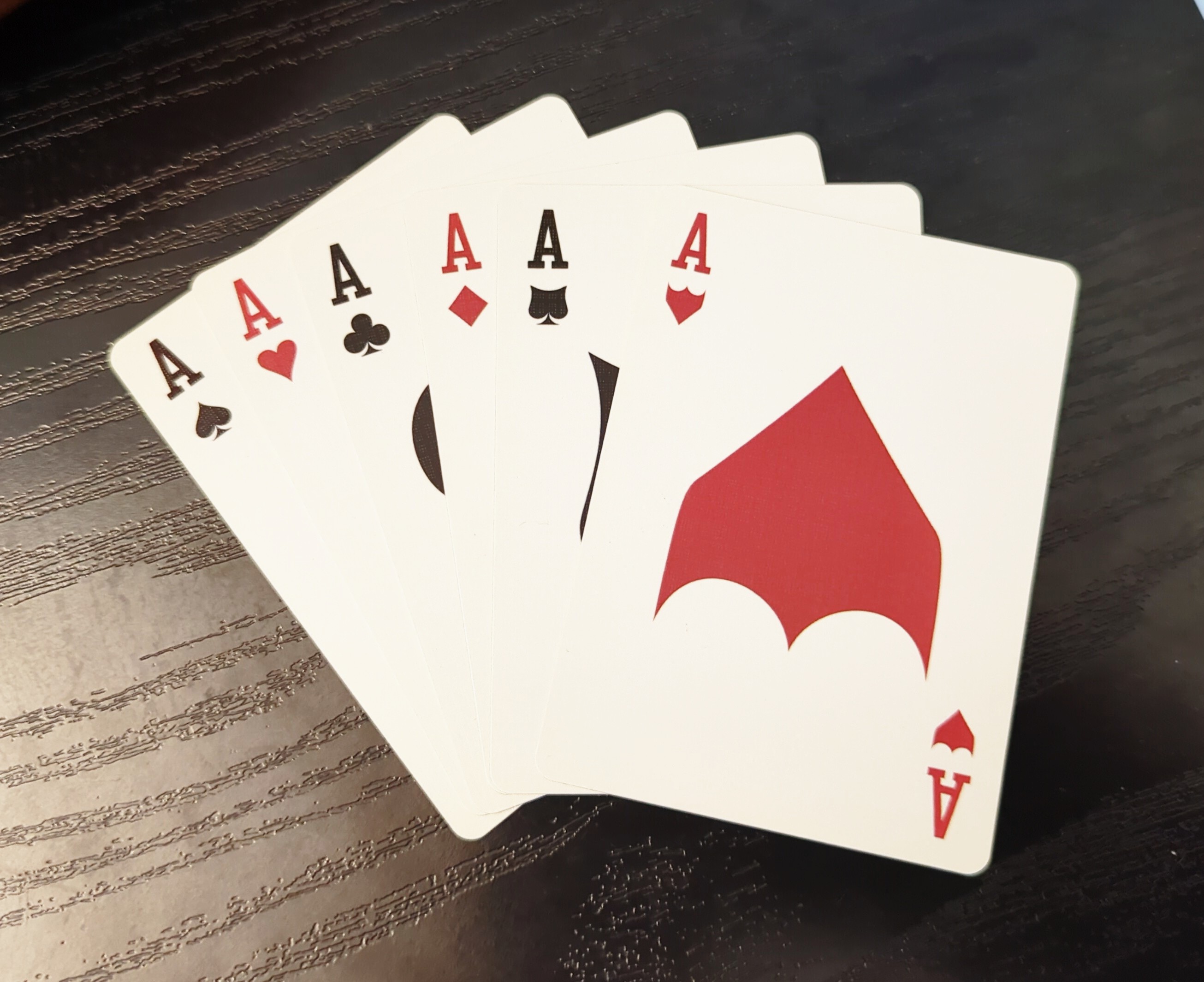
Deck6 from SHP Games
Online game play opens up a whole range of possibilities in strategic games that were never possible before. Want to experiment with a new board shape? We can accommodate that in software. Having trouble finding opponents to play the variant you want to play? Online gaming platforms are open to the whole world.
Game variants are great. They bring new life to well-established patterns of play. They open up your mind to new aspects of the game you’ve been playing for years. One variant might be well suited for introducing a game to new players. Another might be geared towards expert players, to stretch their skills in new directions.
The Technical Challenge
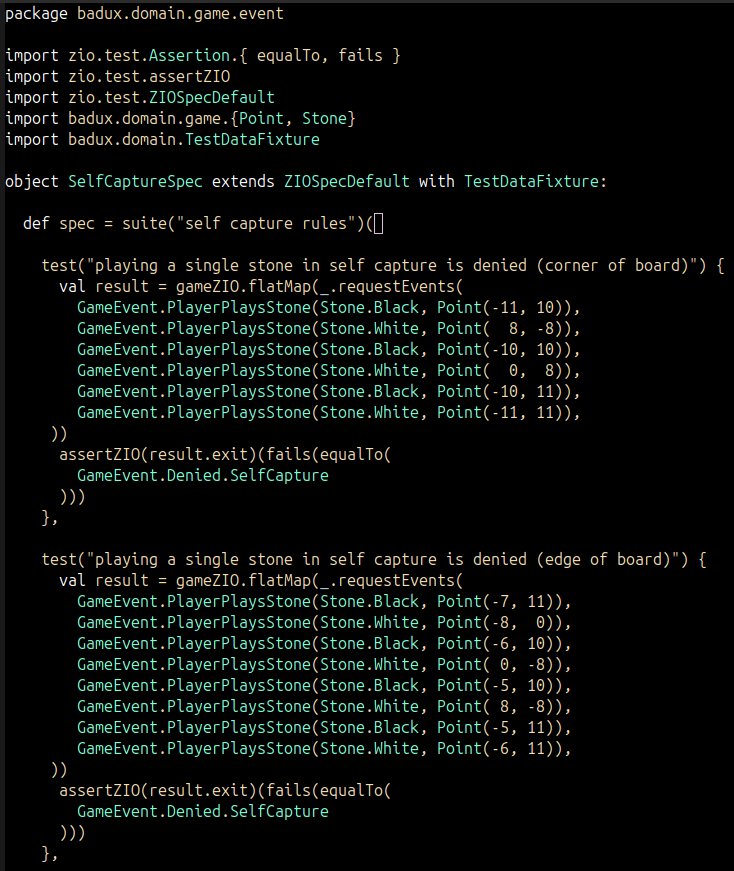
Software is often brittle, hard-coding assumptions about the game into the code so deeply, that you would probably rather just start all over again if you wanted to handle anything but the most trivial variants. OGS (Online Go Server) supports unusually-shaped, yet still-square, boards, and Rengo. But more likely than not, no existing Go server could support a non-trivial variant, such as four-player Go, or Go on a hexagonal board.
With Badux Go, I am applying my decades of experience in software engineering to build a platform where new variants are anticipated, and easy to implement. This strategy depends on a lot of fundamental aspects of software engineering that are often overlooked, such as:
- Automated testing - Ensuring that new rule variants don’t break existing functionality
- Effectful programming - Separating game logic from side effects to make the code more maintainable and testable
- Modular design - Building components that can be recombined in new ways
The hex board is just the start. But before I explore other variants, I have to bring the server up to parity with features offered by other Go servers, such as supporting different clocks and rulesets, player rankings, and tournaments.
The Vision
The ultimate goal of Variational Games is to create a platform where the Go community can experiment with variations that might have taken decades to explore in the physical world. Some variants will be pedagogical tools. Some will be aesthetic experiments. Some might reveal new strategic depths we never imagined.
By making it easy to implement and play variants, we can accelerate the exploration of this ancient game’s possibility space. Hexagonal thinking is just the beginning—it’s a different way of seeing the same fundamental truths about territory, influence, and connection that have captivated players for millennia.
Ready to try it? Play Badux Go or learn more about the game.
